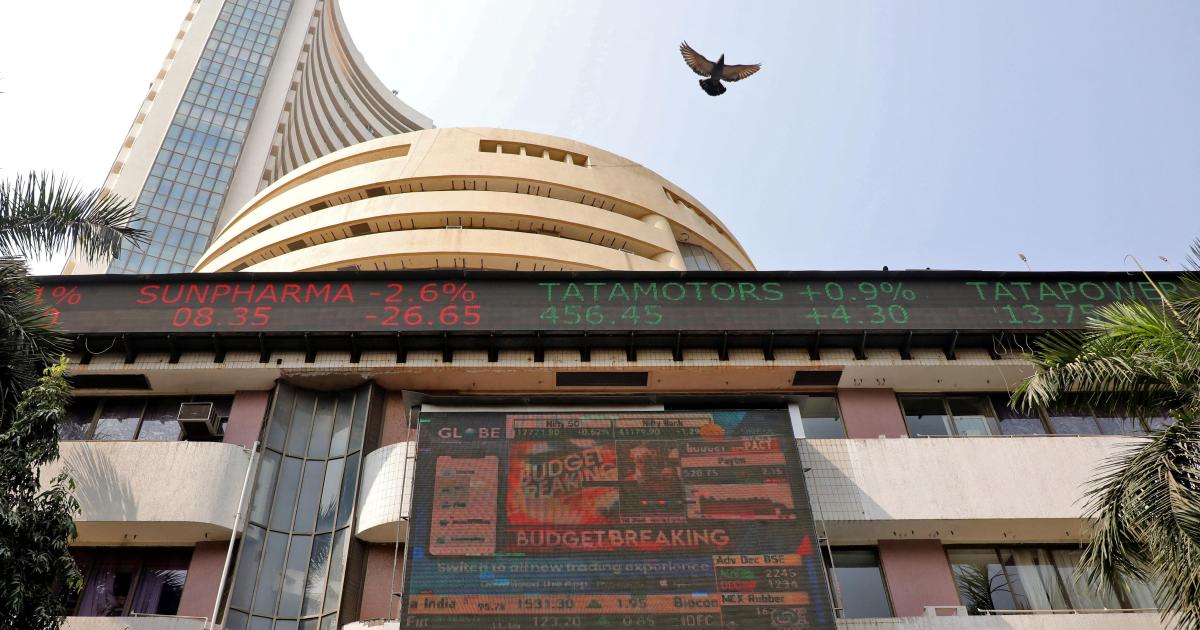How did Hindenburg short Adani stock?
People familiar with the firm’s modus operandi say it may have used single stock futures and the help of western banks in Singapore
Ortenca Aliaj and
Antoine Gara in New York
FEBRUARY 17 2023
When US short seller Nathan Anderson decided to take on Indian conglomerate Adani Group, he faced the ultimate challenge for someone in his line of business: India’s anti short selling rules.
The founder of New York-based Hindenburg Research has not detailed how he structured his financial bet against the infrastructure group, which he has accused of fraud and stock price manipulation in a 100-page report published last month — saying only that the firm had taken a short position in Adani “through US-traded bonds and non-Indian-traded derivative instruments”.
But three hedge fund managers who have looked at doing the trade said Anderson would likely have had to have built his position using derivatives linked to India’s largest indices, as well as US-traded bonds.
Despite Adani denying the allegations in a 400-page rebuttal, Hindenburg’s report has triggered a sell-off in the group’s listed entities, knocking more than $100bn off their combined market value.
It is the reaction Hindenburg, which profits when the price of bonds and equities linked to a company go down, was hoping for. Yet how Anderson and his team structured their trade has been a puzzle to the market.
Short sellers typically borrow stocks through a broker, sell those shares on the market and hope that the price will go down. If it does, they buy shares to hand back to the lender and pocket the difference.
However, it is difficult to short companies in India. Under the country’s securities regulation, institutional investors have to declare upfront if they are placing a short position, and brokers must upload data on shorts to the stock exchange before trading the following day.
Meanwhile, many companies — including those in the Adani Group — have a small free float, making availability of stock an issue for a would-be short seller.
India does not allow so-called naked short selling, where investors can bet that a stock will fall without first borrowing the underlying security.
“I was looking at Adani myself for a short last summer and one of the reasons why I decided not to investigate it further is because of the difficulty of shorting it in India,” said Gabriel Grego, a hedge fund manager at Quintessential Capital, who is waging a short selling campaign at cyber security group Darktrace.
Offshore help
Hindenburg found a way. Investors who want to bet against an Indian company can do so using India’s main stock index, the Nifty 50, in which Adani Enterprises is one of the largest constituents, according to three hedge funds that have looked at doing the trade.
Banks with operations in Singapore, which is among the jurisdictions in which short sellers can do these types of trades, can create a product called a single stock future. These equity derivatives allow investors to get exposure to price movements on the underlying shares.
In Hindenburg’s case, it would receive the value of Adani Enterprises’ weighting in the index and the rest would be sold in the market.
The drawback for these kinds of instruments is little liquidity in the market, which means bets tend to be relatively small. Short sellers would typically use other derivatives such as credit default swaps to amp up their bets, but this is not possible in Adani Enterprises’ case because the group is not listed in CDS indices.
“There’s a reason you have to do this kind of trade on Indian stocks,” said Soren Aandahl, chief investment officer of Texas-based short selling activist investor Blue Orca Capital. “It’s the byzantine requirement of the Indian system where you can’t trade directly.”
Betting against US-listed bonds issued by various Adani entities was also an option for Hindenburg, which declined to comment for this article.
Possible partners
Anderson tends to partner with other short sellers when investigating companies, and has previously worked with Grego. While Hindenburg has declined to disclose whether the firm has partnered with other investors on Adani, a disclaimer included in the report states that one or more could be involved.
Little has been revealed about how the firm set its sights on Adani beyond the fact that the research took two years.
Two people with knowledge of the process said Hindenburg enlisted the help of an outside analyst who focused on Indian companies to investigate Adani. This analyst led the research with the help of a team of five Hindenburg employees. The team decided to release the report days before a planned $2.4bn share sale by Adani last month.
The timing was crucial because Hindenburg’s report cast doubts on the anchor investor group involved in the fundraising, which included Mauritius-based entities. The short seller alleged these had links to the Adani family and were buying shares to prop up the stock price of the listed businesses in the group. Adani has denied the allegations.
Biggest target
The Indian conglomerate founded by Gautam Adani, who until Hindenburg’s report was the world’s third-richest person, is the firm’s largest target among a small list of non-US companies it has bet against.












